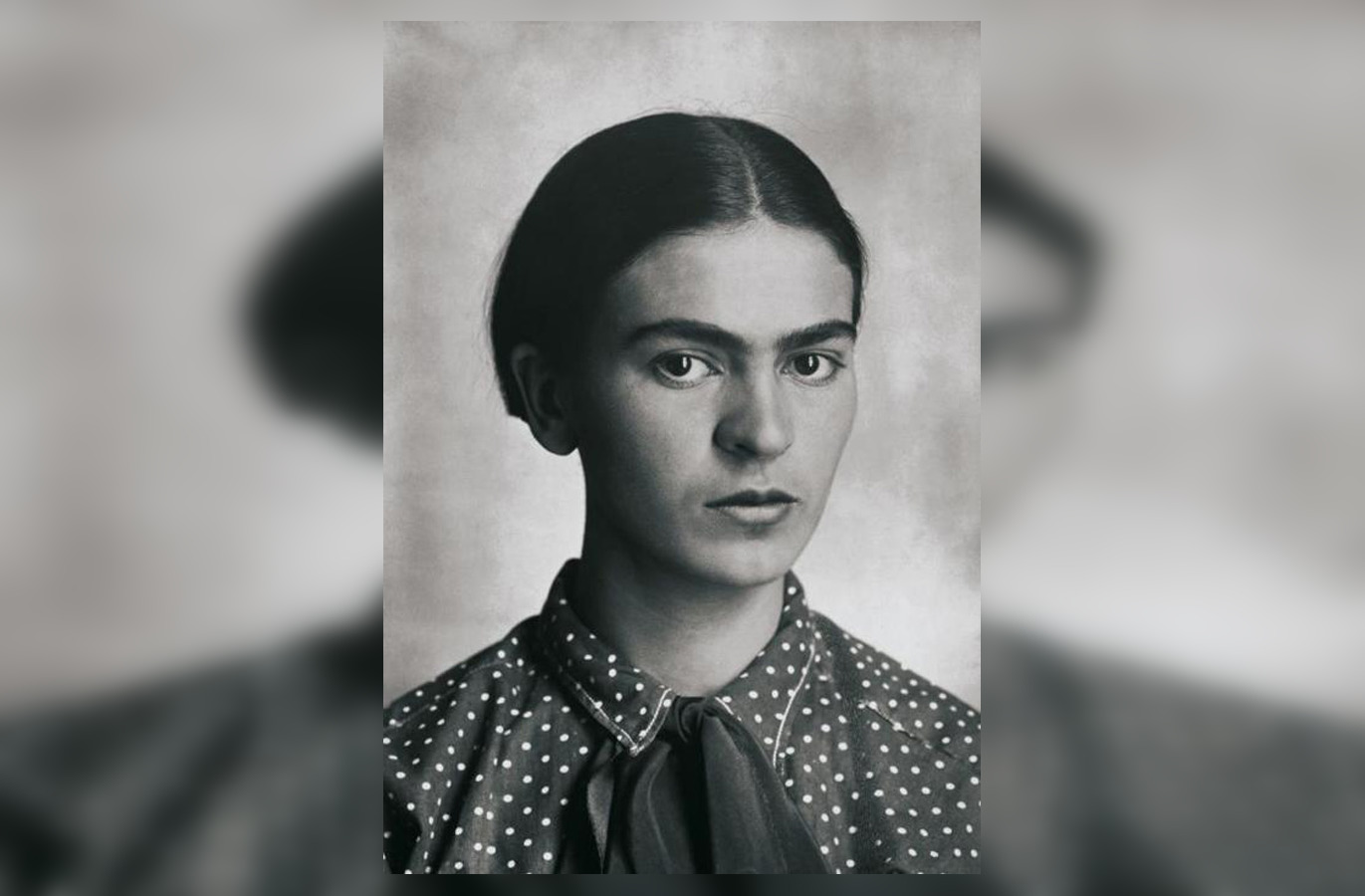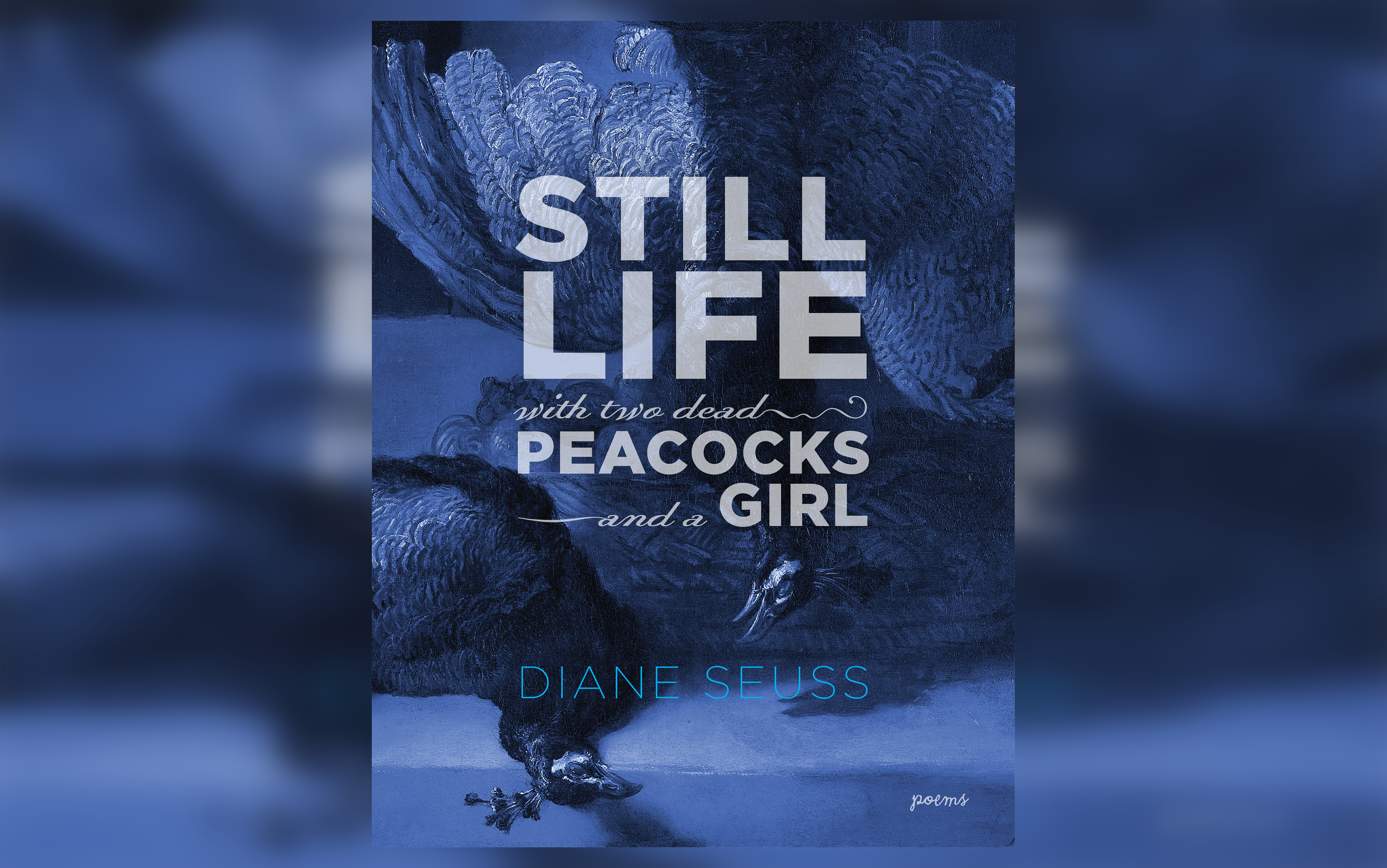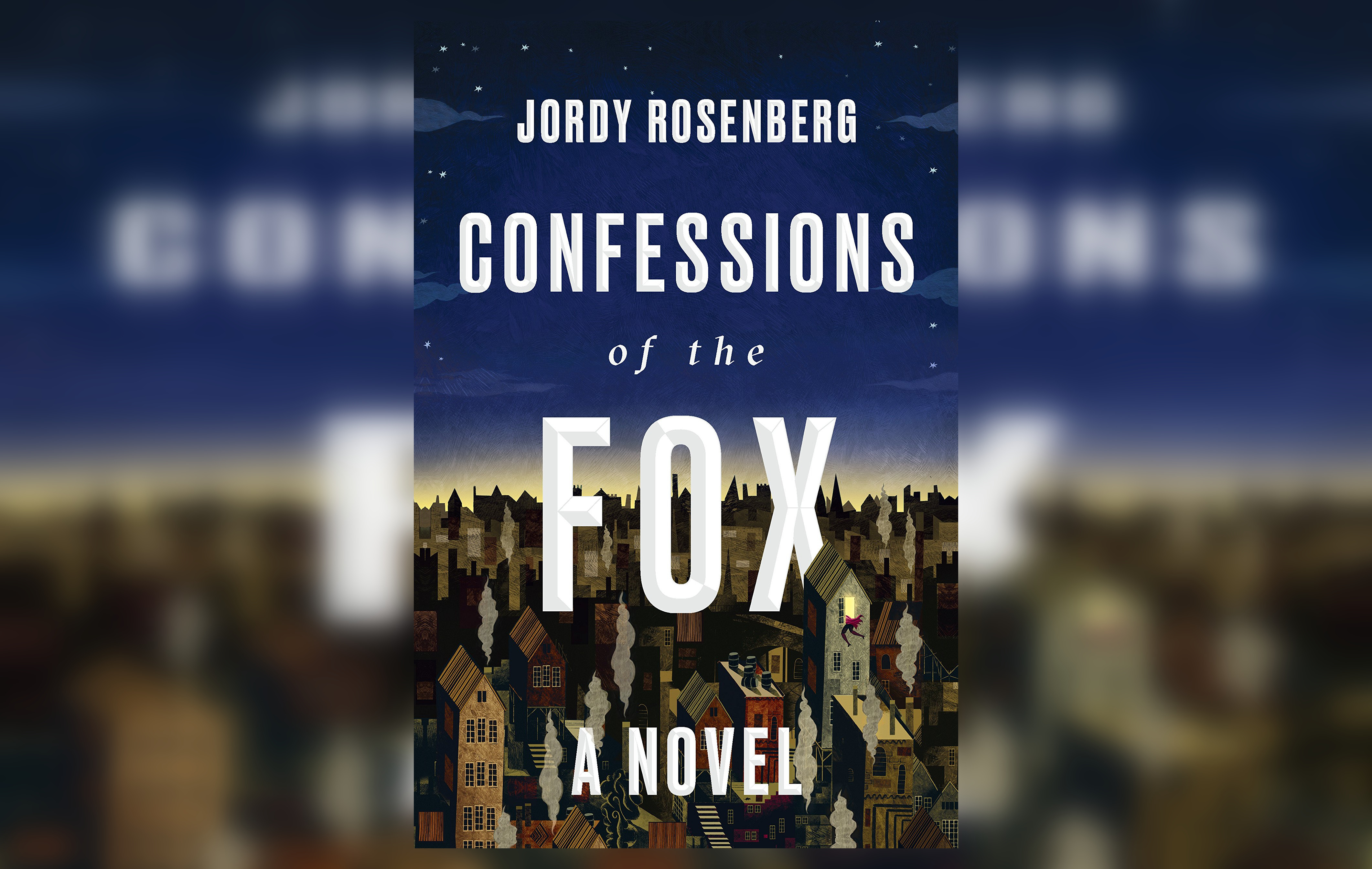There are many Frida Kahlos inside the Brooklyn Museum’s Frida Kahlo: Appearances Can Be Deceiving. There is a diminutive Asian girl with a crown of braids, dressed in a long red skirt and embroidered blouse. There is a tall blond man with fine penciled unibrow, a headband with enormous flowers, red kitten heels. Kahlo stretches across T-shirts of little girls on tiptoes, across bags, phone cases, the red painted lips of gallery-goers and the flowers in their hair.
The exhibition, which opened originally in Mexico City (2012) and then London (2018), subverts our assumed ideas of art. It displays not so much the artist’s work, but rather her persona: photographs, jewelry, clothing, makeup, home relics and sketches done by her and of her. It is a meditation on the quotidian that made Kahlo.
As the gallery fills with Kahlo copies, it is clear the space functions in some ways as a hall of mirrors. The guests see themselves in the sketches of her done by other artists, in the pictures of her that adorn walls. They crowd around photos, their own reflections overlapping: Kahlo smiling coquettishly at lover Julien Levy, in the arms of Diego Rivera her husband, dressed as a young boy for her photographer father. Even behind the rows and rows of her outfits are angled mirrors reflecting you back to yourself. One of her casts, worn to repair her spine after a debilitating trolley accident, has tiny mirrors encased as well. It seems Kahlo herself was premonitorily in on the game.
Kahlo, known in part for her self-portraits, would have perhaps embraced our “selfie” culture and seen it as a desire to reclaim spaces and identity. The exhibition does a careful job of showing us how Kahlo navigated this herself: her Mexicanidad exemplified through indigenous clothing in lieu of European, her gender-bending outfits, disability advocacy creations like a prosthetic limb attached to a red lace-up boot, her long letters speaking of revolution.
Though it can’t be said whether a comparable male artist’s life would be replicated through the clothing they wore or the Revlon pink lipstick they chose, the exhibition curation nods to the world from which Kahlo came and transgressed. A Vogue article on display done on Kahlo in 1937 speaks to this: “Not all Mexicans are picturesque Indians in big straw hats. There is actually a group of what, for a more pleasing term, must be called ‘society.’” Kahlo, a gender-fluid socialist anti-colonialist, redefined perceptions of Mexicans in America and of Mexicans in Mexico. It is clear her appearance is of the utmost importance; Kahlo’s self-curated identity upset and excited a generation with limited codes for what “society” could be.
The vulnerability of Kahlo is also fully expressed. Rivera and Kahlo’s devastating relationship which she describes as the other “grave accident[] in my life,” is as present in the room as her successes— through doting home movies, documented love affairs and battles over artistic achievements. There are files pertaining to her arduous health problems alongside the bottles of medicine from her cabinet. Yet, everywhere, there is Kahlo smiling, laughing, becoming. It is this multidimensionality, this rendering of the artist as many things, that brings life to the exhibition. It is also these gallery goers who in Kahlo see something, something which somehow includes themselves.
Photo Credit: Guillermo_Kahlo Via Wikimedia Commons



